Immunology of transplantation. Reproductive immunology. Transplantation immunology

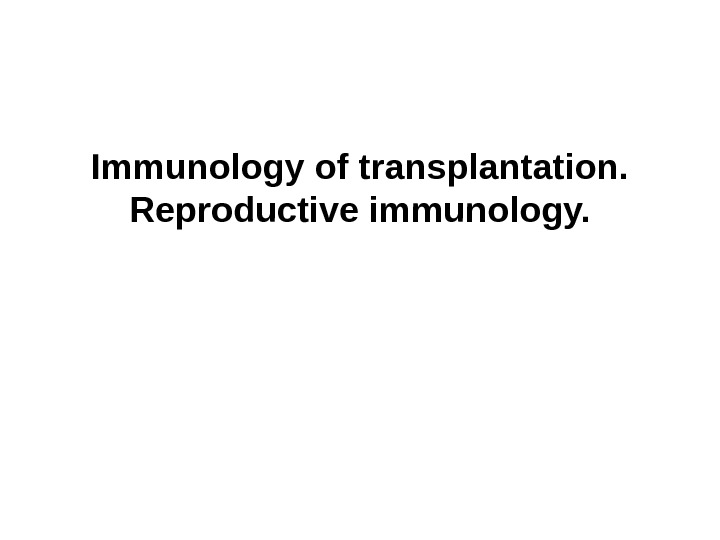
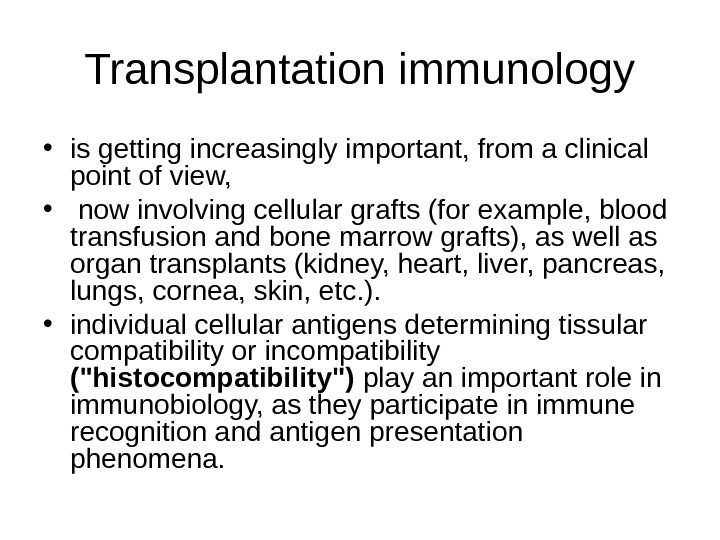
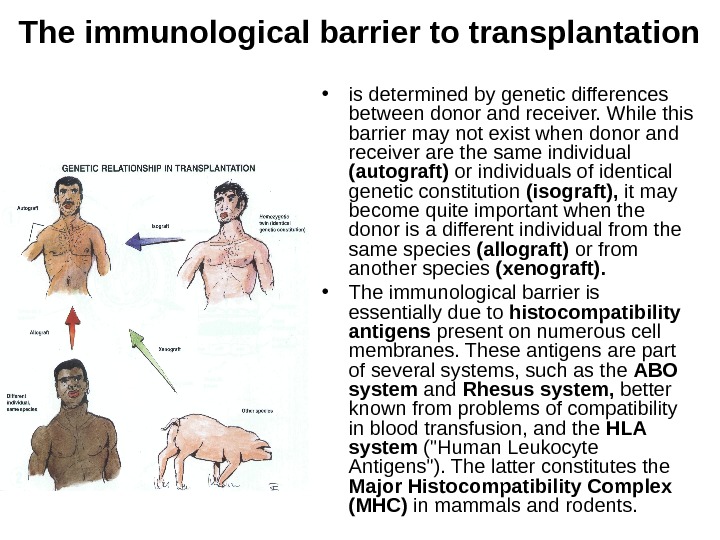
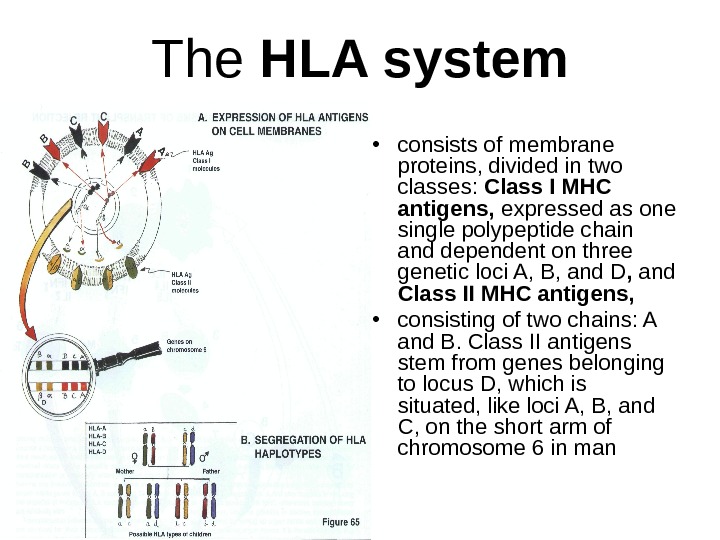
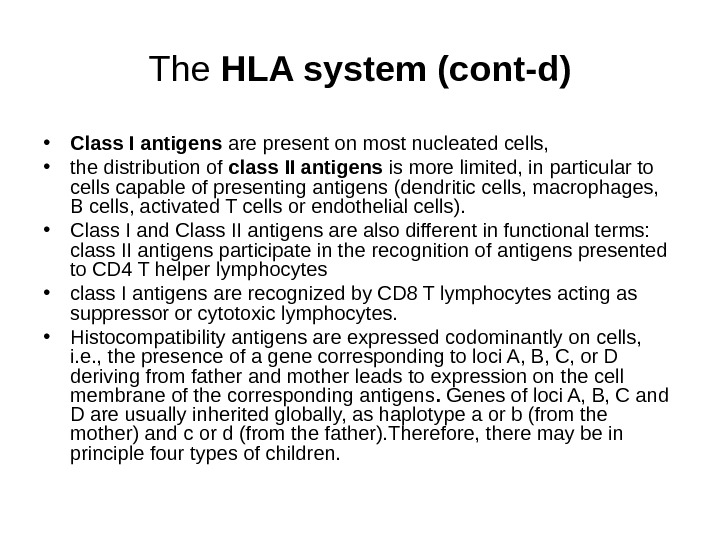
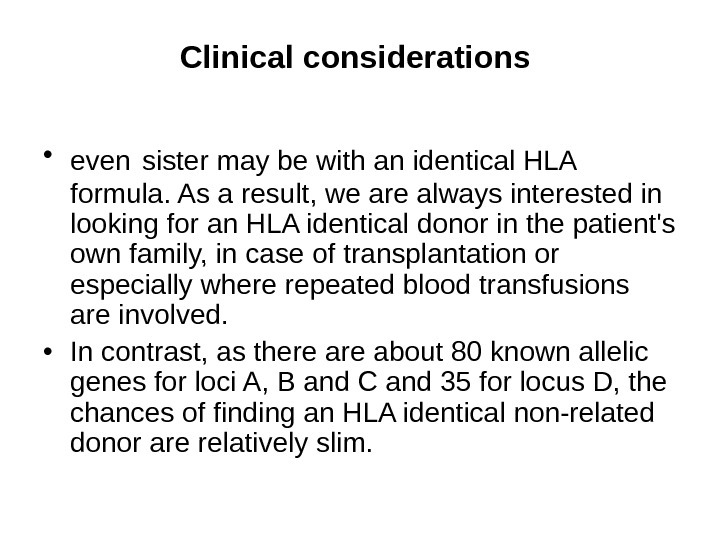

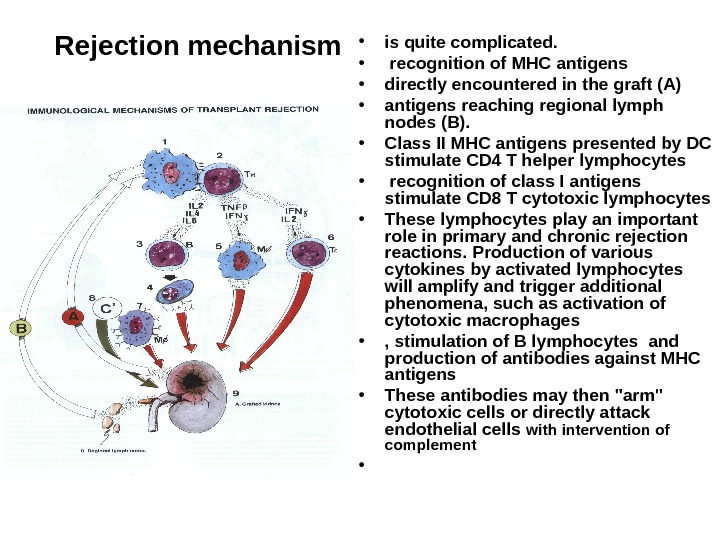
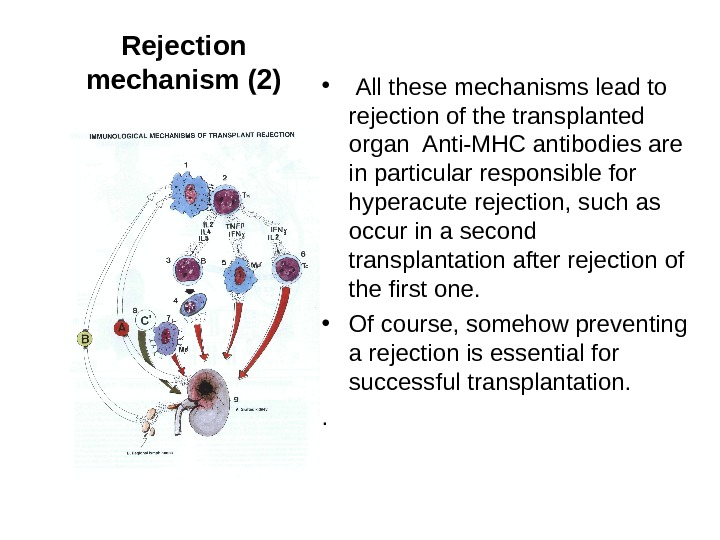
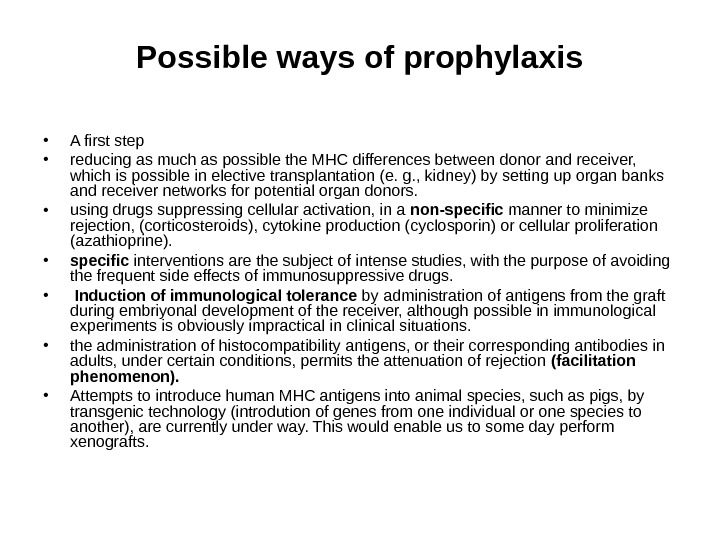

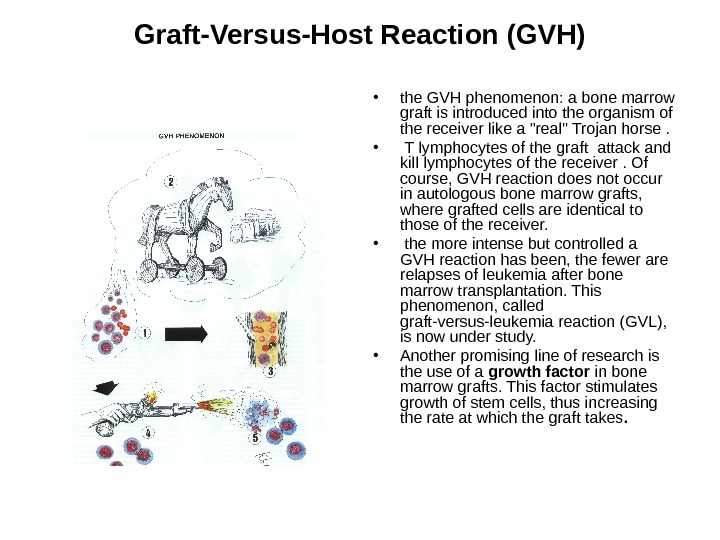
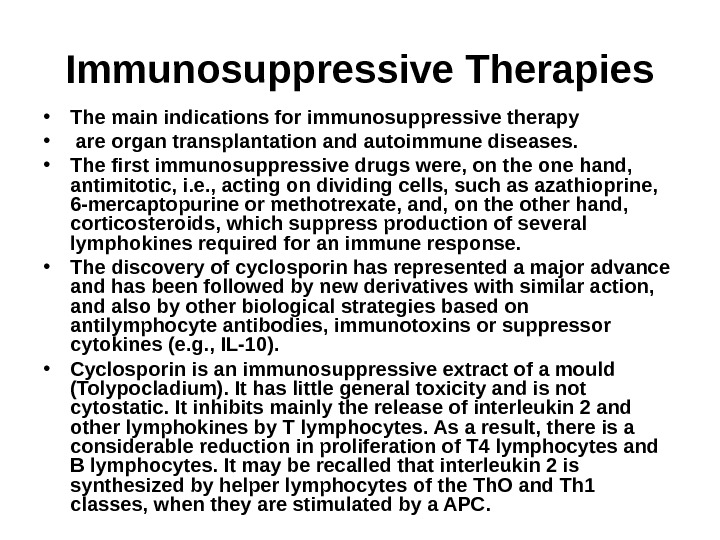
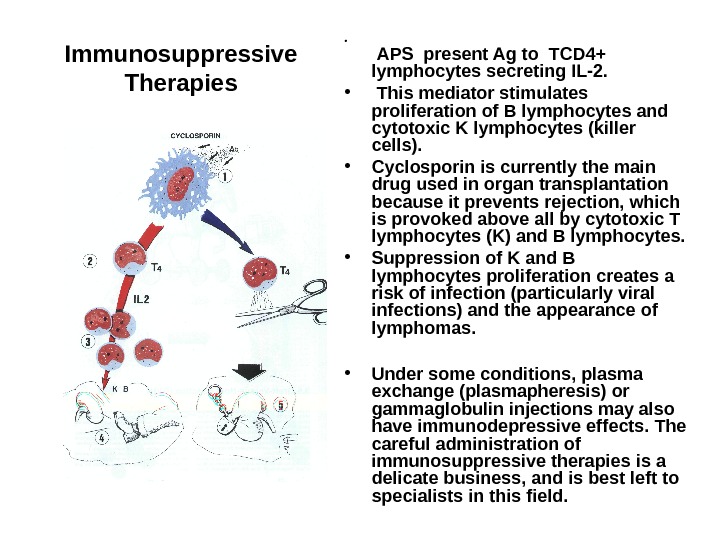
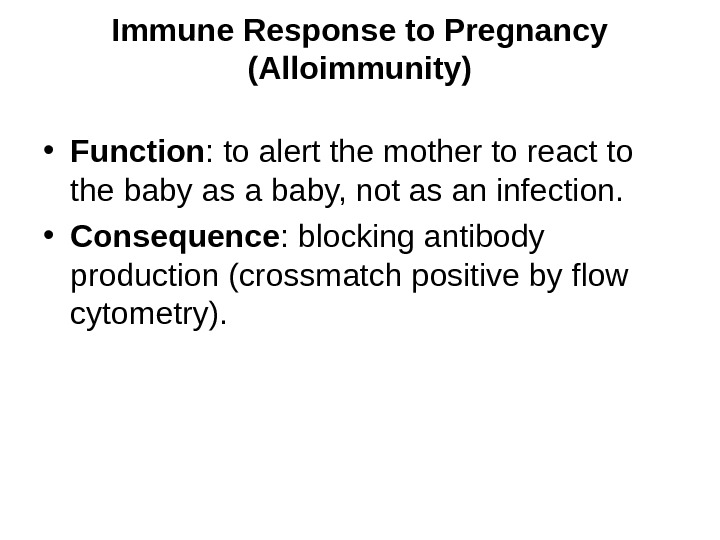
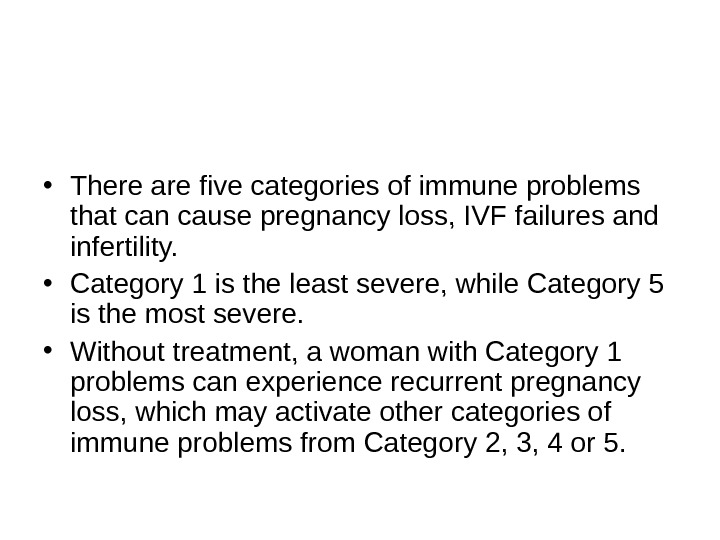
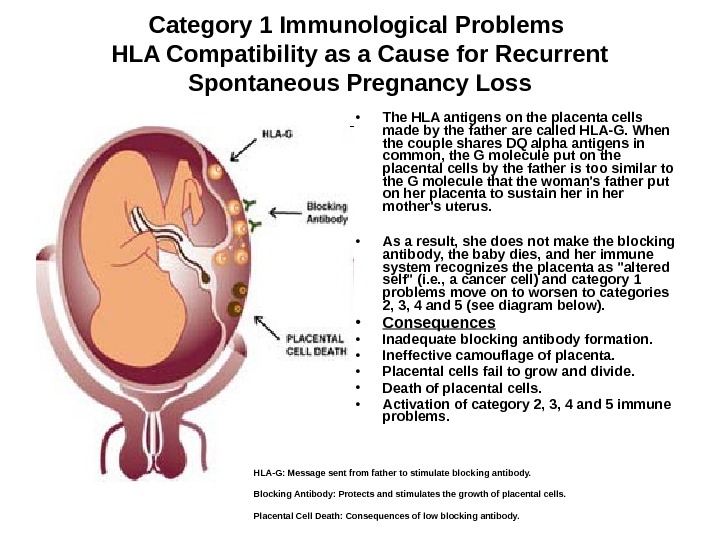
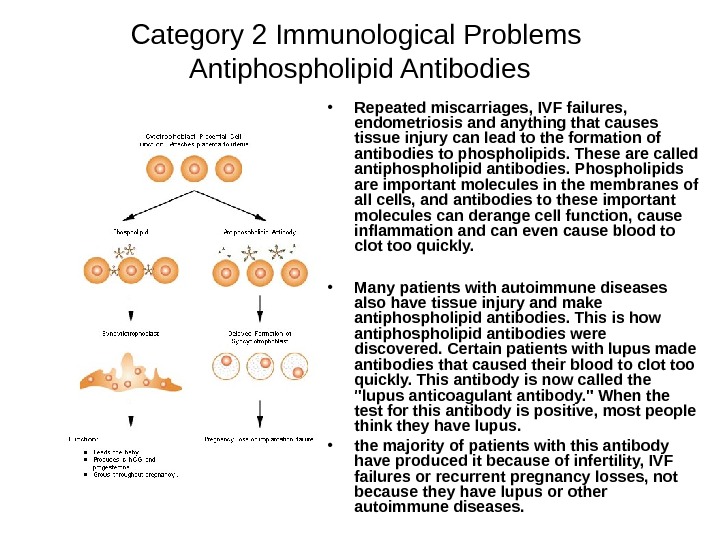
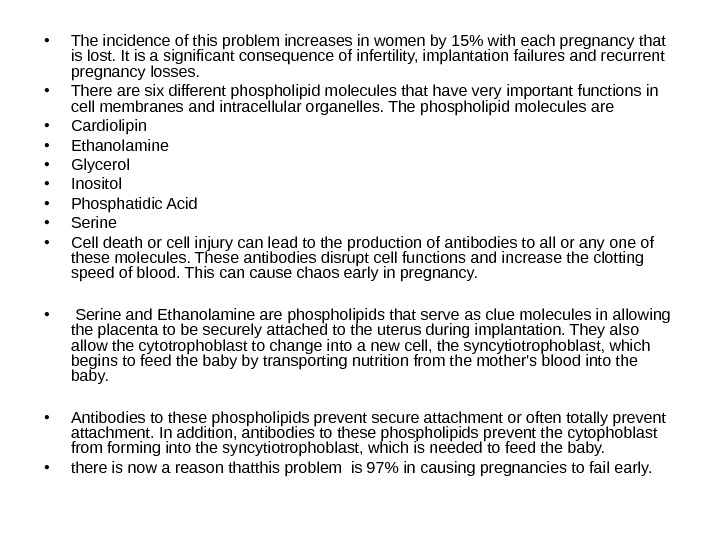
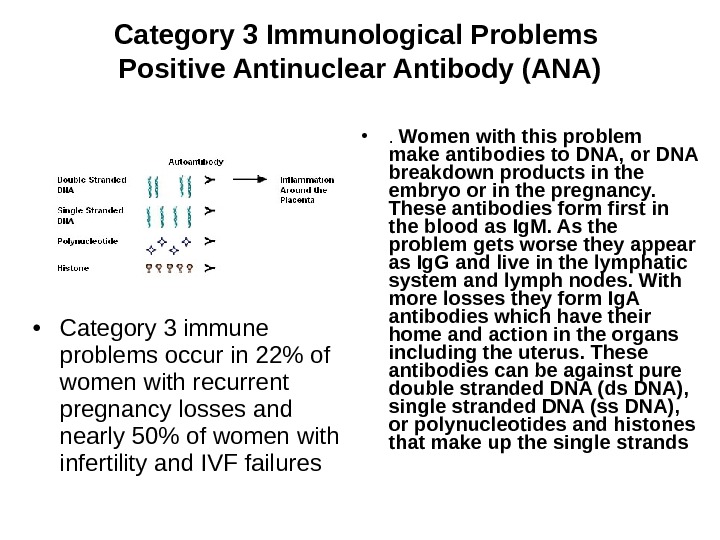
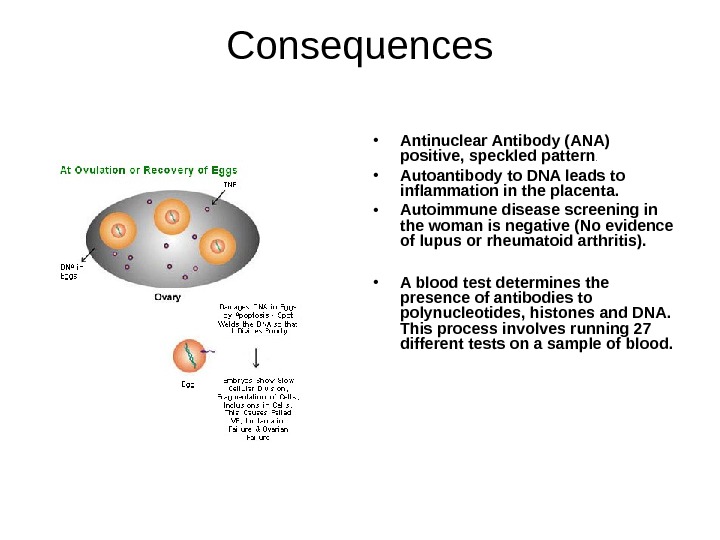
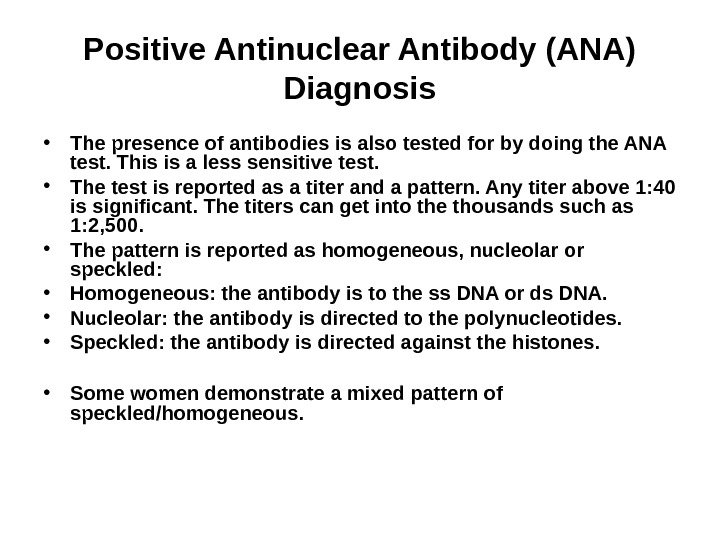

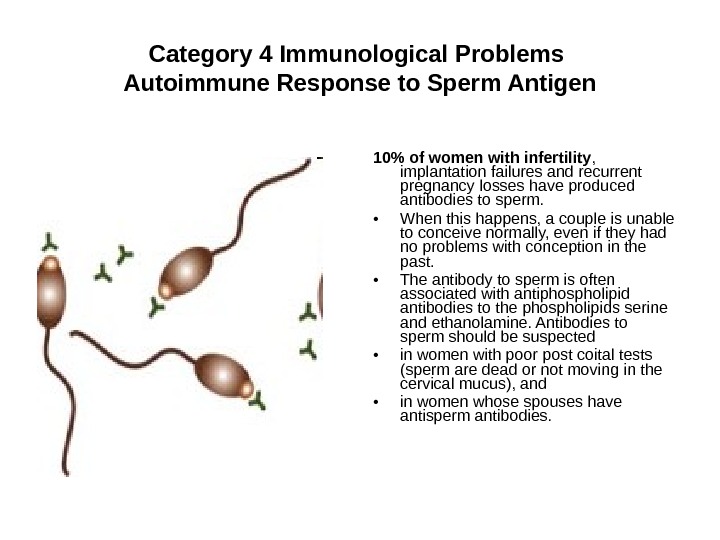
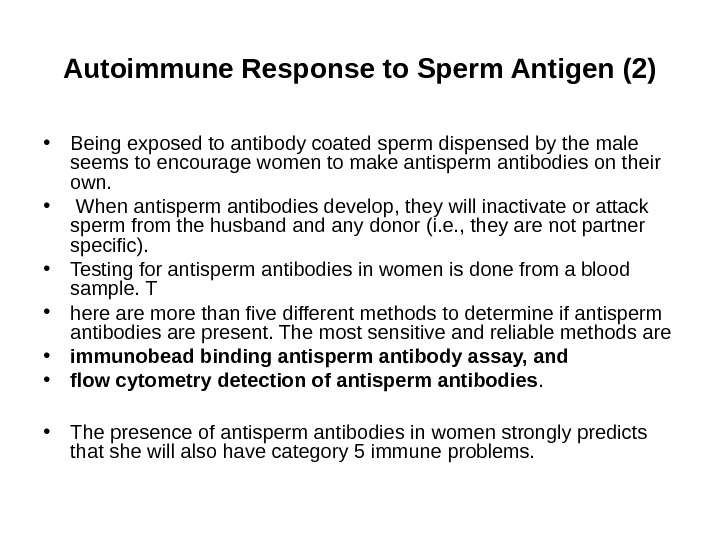
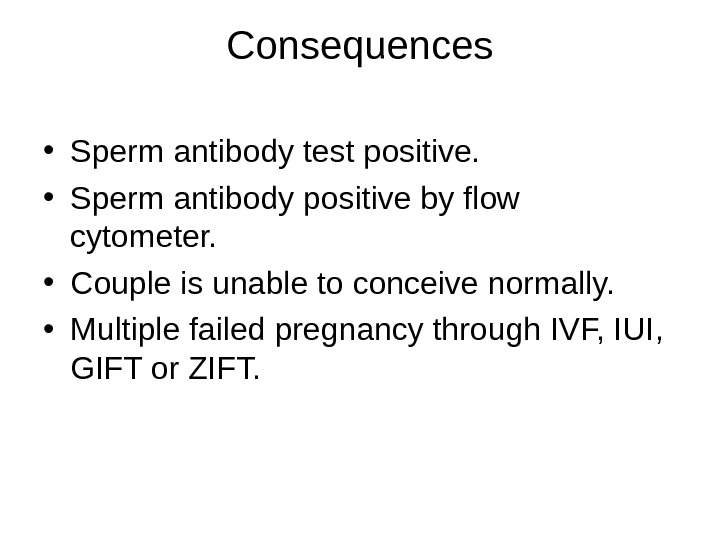
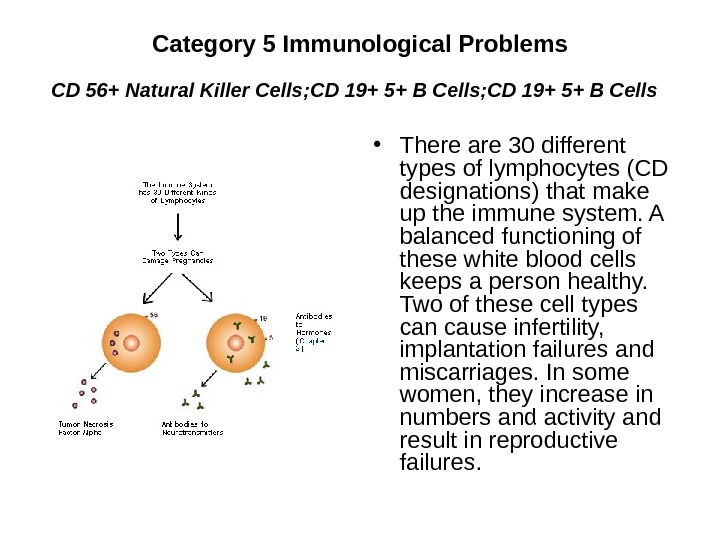
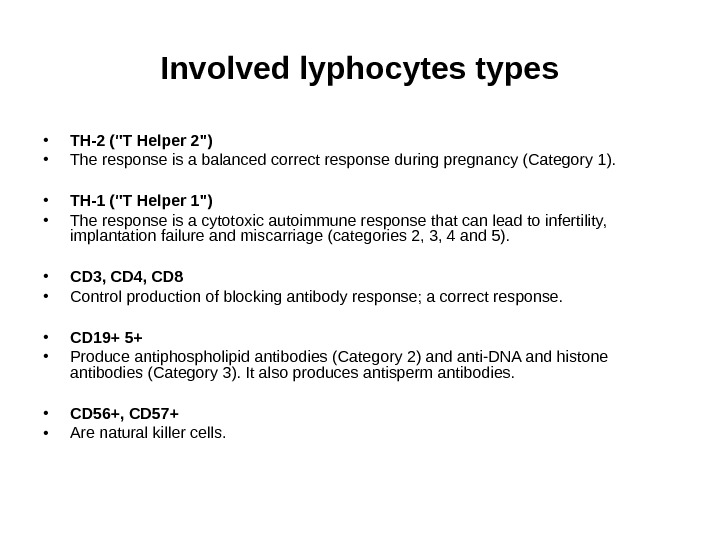

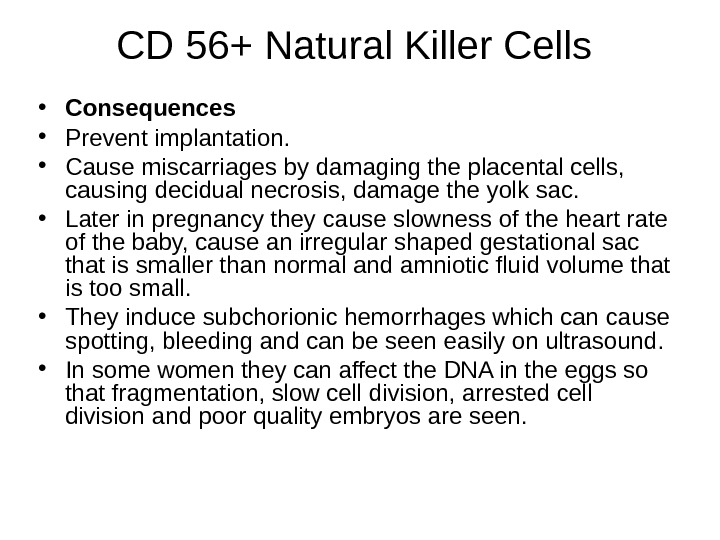
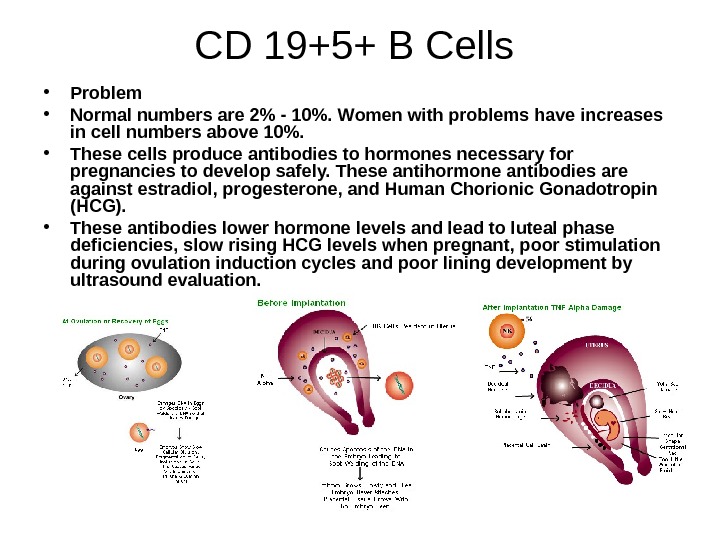
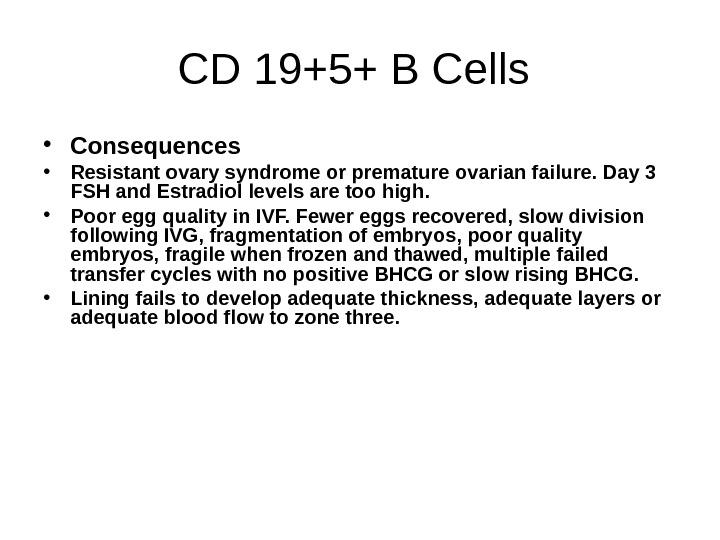
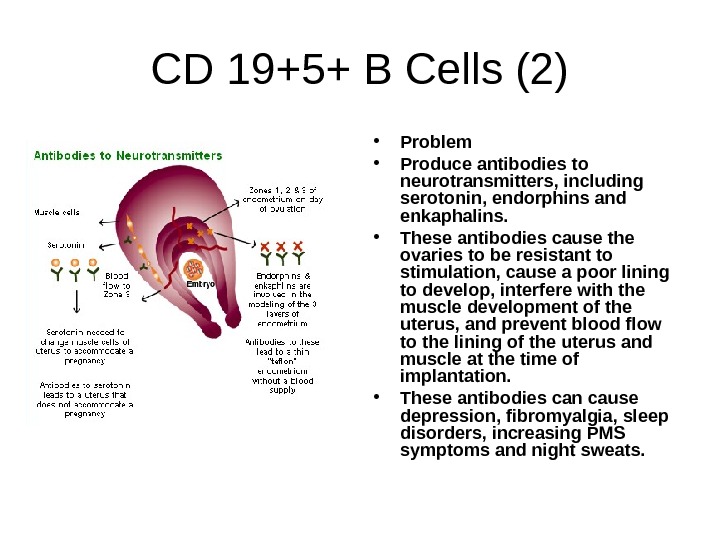
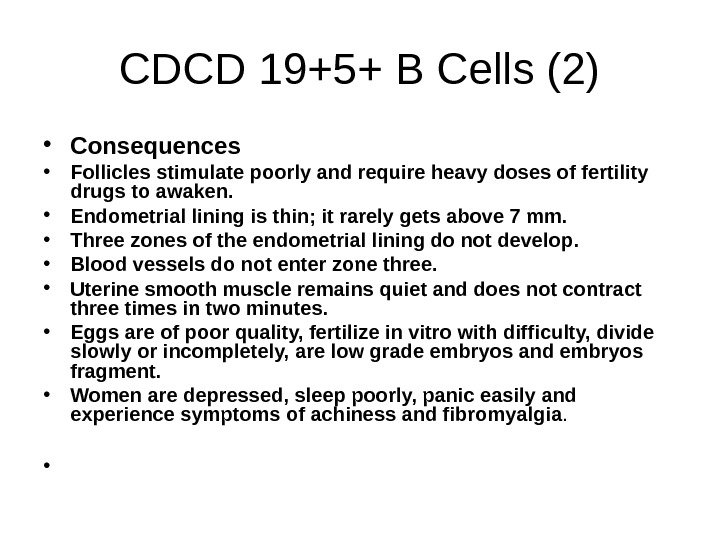
immunology_of_transplantation.ppt
- Размер: 5.4 Mегабайта
- Количество слайдов: 34
Описание презентации Immunology of transplantation. Reproductive immunology. Transplantation immunology по слайдам
 Immunology of transplantation. Reproductive immunology.
Immunology of transplantation. Reproductive immunology.
 Transplantation immunology • is getting increasingly important, from a clinical point of view, • now involving cellular grafts (for example, blood transfusion and bone marrow grafts), as well as organ transplants (kidney, heart, liver, pancreas, lungs, cornea, skin, etc. ). • individual cellular antigens determining tissular compatibility or incompatibility («histocompatibility») play an important role in immunobiology, as they participate in immune recognition and antigen presentation phenomena.
Transplantation immunology • is getting increasingly important, from a clinical point of view, • now involving cellular grafts (for example, blood transfusion and bone marrow grafts), as well as organ transplants (kidney, heart, liver, pancreas, lungs, cornea, skin, etc. ). • individual cellular antigens determining tissular compatibility or incompatibility («histocompatibility») play an important role in immunobiology, as they participate in immune recognition and antigen presentation phenomena.
 The immunological barrier to transplantation • is determined by genetic differences between donor and receiver. While this barrier may not exist when donor and receiver are the same individual (autograft) or individuals of identical genetic constitution (isograft), it may become quite important when the donor is a different individual from the same species (allograft) or from another species (xenograft). • The immunological barrier is essentially due to histocompatibility antigens present on numerous cell membranes. These antigens are part of several systems, such as the ABO system and Rhesus system, better known from problems of compatibility in blood transfusion, and the HLA system («Human Leukocyte Antigens»). The latter constitutes the Major Histocompatibility Complex (MHC) in mammals and rodents.
The immunological barrier to transplantation • is determined by genetic differences between donor and receiver. While this barrier may not exist when donor and receiver are the same individual (autograft) or individuals of identical genetic constitution (isograft), it may become quite important when the donor is a different individual from the same species (allograft) or from another species (xenograft). • The immunological barrier is essentially due to histocompatibility antigens present on numerous cell membranes. These antigens are part of several systems, such as the ABO system and Rhesus system, better known from problems of compatibility in blood transfusion, and the HLA system («Human Leukocyte Antigens»). The latter constitutes the Major Histocompatibility Complex (MHC) in mammals and rodents.
 The HLA system • consists of membrane proteins, divided in two classes: Class I MHC antigens, expressed as one single polypeptide chain and dependent on three genetic loci A, B, and D , and Class II MHC antigens, • consisting of two chains: A and B. Class II antigens stem from genes belonging to locus D, which is situated, like loci A, B, and C, on the short arm of chromosome 6 in man
The HLA system • consists of membrane proteins, divided in two classes: Class I MHC antigens, expressed as one single polypeptide chain and dependent on three genetic loci A, B, and D , and Class II MHC antigens, • consisting of two chains: A and B. Class II antigens stem from genes belonging to locus D, which is situated, like loci A, B, and C, on the short arm of chromosome 6 in man
 The HLA system (cont-d) • Class I antigens are present on most nucleated cells, • the distribution of class II antigens is more limited, in particular to cells capable of presenting antigens (dendritic cells, macrophages, B cells, activated T cells or endothelial cells). • Class I and Class II antigens are also different in functional terms: class II antigens participate in the recognition of antigens presented to CD 4 T helper lymphocytes • class I antigens are recognized by CD 8 T lymphocytes acting as suppressor or cytotoxic lymphocytes. • Histocompatibility antigens are expressed codominantly on cells, i. e. , the presence of a gene corresponding to loci A, B, C, or D deriving from father and mother leads to expression on the cell membrane of the corresponding antigens. Genes of loci A, B, C and D are usually inherited globally, as haplotype a or b (from the mother) and c or d (from the father). Therefore, there may be in principle four types of children.
The HLA system (cont-d) • Class I antigens are present on most nucleated cells, • the distribution of class II antigens is more limited, in particular to cells capable of presenting antigens (dendritic cells, macrophages, B cells, activated T cells or endothelial cells). • Class I and Class II antigens are also different in functional terms: class II antigens participate in the recognition of antigens presented to CD 4 T helper lymphocytes • class I antigens are recognized by CD 8 T lymphocytes acting as suppressor or cytotoxic lymphocytes. • Histocompatibility antigens are expressed codominantly on cells, i. e. , the presence of a gene corresponding to loci A, B, C, or D deriving from father and mother leads to expression on the cell membrane of the corresponding antigens. Genes of loci A, B, C and D are usually inherited globally, as haplotype a or b (from the mother) and c or d (from the father). Therefore, there may be in principle four types of children.
 Clinical considerations • even sister may be with an identical HLA formula. As a result, we are always interested in looking for an HLA identical donor in the patient’s own family, in case of transplantation or especially where repeated blood transfusions are involved. • In contrast, as there about 80 known allelic genes for loci A, B and C and 35 for locus D, the chances of finding an HLA identical non-related donor are relatively slim.
Clinical considerations • even sister may be with an identical HLA formula. As a result, we are always interested in looking for an HLA identical donor in the patient’s own family, in case of transplantation or especially where repeated blood transfusions are involved. • In contrast, as there about 80 known allelic genes for loci A, B and C and 35 for locus D, the chances of finding an HLA identical non-related donor are relatively slim.
 • transplantation between a donor and receiver which are not identical for their histocompatibility antigens, leads obligatorily to immunological rejection, if the immune system of the receiver is intact. T lymphocytes are mainly responsible for this phenomenon
• transplantation between a donor and receiver which are not identical for their histocompatibility antigens, leads obligatorily to immunological rejection, if the immune system of the receiver is intact. T lymphocytes are mainly responsible for this phenomenon
 Rejection mechanism • is quite complicated. • recognition of MHC antigens • directly encountered in the graft (A) • antigens reaching regional lymph nodes (B). • Class II MHC antigens presented by DC stimulate CD 4 T helper lymphocytes • recognition of class I antigens stimulate CD 8 T cytotoxic lymphocytes • These lymphocytes play an important role in primary and chronic rejection reactions. Production of various cytokines by activated lymphocytes will amplify and trigger additional phenomena, such as activation of cytotoxic macrophages • , stimulation of B lymphocytes and production of antibodies against MHC antigens • These antibodies may then «arm» cytotoxic cells or directly attack endothelial cells with intervention of complement •
Rejection mechanism • is quite complicated. • recognition of MHC antigens • directly encountered in the graft (A) • antigens reaching regional lymph nodes (B). • Class II MHC antigens presented by DC stimulate CD 4 T helper lymphocytes • recognition of class I antigens stimulate CD 8 T cytotoxic lymphocytes • These lymphocytes play an important role in primary and chronic rejection reactions. Production of various cytokines by activated lymphocytes will amplify and trigger additional phenomena, such as activation of cytotoxic macrophages • , stimulation of B lymphocytes and production of antibodies against MHC antigens • These antibodies may then «arm» cytotoxic cells or directly attack endothelial cells with intervention of complement •
 Rejection mechanism (2) • All these mechanisms lead to rejection of the transplanted organ Anti-MHC antibodies are in particular responsible for hyperacute rejection, such as occur in a second transplantation after rejection of the first one. • Of course, somehow preventing a rejection is essential for successful transplantation. .
Rejection mechanism (2) • All these mechanisms lead to rejection of the transplanted organ Anti-MHC antibodies are in particular responsible for hyperacute rejection, such as occur in a second transplantation after rejection of the first one. • Of course, somehow preventing a rejection is essential for successful transplantation. .
 Possible ways of prophylaxis • A first step • reducing as much as possible the MHC differences between donor and receiver, which is possible in elective transplantation (e. g. , kidney) by setting up organ banks and receiver networks for potential organ donors. • using drugs suppressing cellular activation, in a non-specific manner to minimize rejection, (corticosteroids), cytokine production (cyclosporin) or cellular proliferation (azathioprine). • specific interventions are the subject of intense studies, with the purpose of avoiding the frequent side effects of immunosuppressive drugs. • Induction of immunological tolerance by administration of antigens from the graft during embriyonal development of the receiver, although possible in immunological experiments is obviously impractical in clinical situations. • the administration of histocompatibility antigens, or their corresponding antibodies in adults, under certain conditions, permits the attenuation of rejection (facilitation phenomenon). • Attempts to introduce human MHC antigens into animal species, such as pigs, by transgenic technology (introdu tion of genes from one individual or one species to another), are currently under way. This would enable us to some day perform xenografts.
Possible ways of prophylaxis • A first step • reducing as much as possible the MHC differences between donor and receiver, which is possible in elective transplantation (e. g. , kidney) by setting up organ banks and receiver networks for potential organ donors. • using drugs suppressing cellular activation, in a non-specific manner to minimize rejection, (corticosteroids), cytokine production (cyclosporin) or cellular proliferation (azathioprine). • specific interventions are the subject of intense studies, with the purpose of avoiding the frequent side effects of immunosuppressive drugs. • Induction of immunological tolerance by administration of antigens from the graft during embriyonal development of the receiver, although possible in immunological experiments is obviously impractical in clinical situations. • the administration of histocompatibility antigens, or their corresponding antibodies in adults, under certain conditions, permits the attenuation of rejection (facilitation phenomenon). • Attempts to introduce human MHC antigens into animal species, such as pigs, by transgenic technology (introdu tion of genes from one individual or one species to another), are currently under way. This would enable us to some day perform xenografts.
 Graft-Versus-Host Reaction (GVH) • In this type of reaction, it could be said that it is the graft which rejects the host. • Immunologically competent T lymphocytes contained in the graft (mainly in bone marrow grafts) attack cells of the receiver, and in acute forms may provoke immunologically severe and even fatal lesions, • involving liver, skin, and intestine. Grafts containing aggressive lymphocytes are true Trojan horses introduced into the receiver’s circulation, particularly when the receiver suffers from immune deficiency.
Graft-Versus-Host Reaction (GVH) • In this type of reaction, it could be said that it is the graft which rejects the host. • Immunologically competent T lymphocytes contained in the graft (mainly in bone marrow grafts) attack cells of the receiver, and in acute forms may provoke immunologically severe and even fatal lesions, • involving liver, skin, and intestine. Grafts containing aggressive lymphocytes are true Trojan horses introduced into the receiver’s circulation, particularly when the receiver suffers from immune deficiency.
 Graft-Versus-Host Reaction (GVH) • the GVH phenomenon: a bone marrow graft is introduced into the organism of the receiver like a «real» Trojan horse. • T lymphocytes of the graft attack and kill lymphocytes of the receiver. Of course, GVH reaction does not occur in autologous bone marrow grafts, where grafted cells are identical to those of the receiver. • the more intense but controlled a GVH reaction has been, the fewer are relapses of leukemia after bone marrow transplantation. This phenomenon, called graft-versus-leukemia reaction (GVL), is now under study. • Another promising line of research is the use of a growth factor in bone marrow grafts. This factor stimulates growth of stem cells, thus increasing the rate at which the graft takes.
Graft-Versus-Host Reaction (GVH) • the GVH phenomenon: a bone marrow graft is introduced into the organism of the receiver like a «real» Trojan horse. • T lymphocytes of the graft attack and kill lymphocytes of the receiver. Of course, GVH reaction does not occur in autologous bone marrow grafts, where grafted cells are identical to those of the receiver. • the more intense but controlled a GVH reaction has been, the fewer are relapses of leukemia after bone marrow transplantation. This phenomenon, called graft-versus-leukemia reaction (GVL), is now under study. • Another promising line of research is the use of a growth factor in bone marrow grafts. This factor stimulates growth of stem cells, thus increasing the rate at which the graft takes.
 Immunosuppressive Therapies • The main indications for immunosuppressive therapy • are organ transplantation and autoimmune diseases. • The first immunosuppressive drugs were, on the one hand, antimitotic, i. e. , acting on dividing cells, such as azathioprine, 6 -mercaptopurine or methotrexate, and, on the other hand, corticosteroids, which suppress production of several lymphokines required for an immune response. • The discovery of cyclosporin has represented a major advance and has been followed by new derivatives with similar action, and also by other biological strategies based on antilymphocyte antibodies, immunotoxins or suppressor cyto kines (e. g. , IL-10). • Cyclosporin is an immunosuppressive extract of a mould (Tolypocladium). It has little general toxicity and is not cytostatic. It inhibits mainly the release of interleukin 2 and other lymphokines by T lymphocytes. As a result, there is a considerable reduction in proliferation of T 4 lymphocytes and B lymphocytes. It may be recalled that interleukin 2 is synthesized by helper lymphocytes of the Th. O and Th 1 classes, when they are stimulated by a APC.
Immunosuppressive Therapies • The main indications for immunosuppressive therapy • are organ transplantation and autoimmune diseases. • The first immunosuppressive drugs were, on the one hand, antimitotic, i. e. , acting on dividing cells, such as azathioprine, 6 -mercaptopurine or methotrexate, and, on the other hand, corticosteroids, which suppress production of several lymphokines required for an immune response. • The discovery of cyclosporin has represented a major advance and has been followed by new derivatives with similar action, and also by other biological strategies based on antilymphocyte antibodies, immunotoxins or suppressor cyto kines (e. g. , IL-10). • Cyclosporin is an immunosuppressive extract of a mould (Tolypocladium). It has little general toxicity and is not cytostatic. It inhibits mainly the release of interleukin 2 and other lymphokines by T lymphocytes. As a result, there is a considerable reduction in proliferation of T 4 lymphocytes and B lymphocytes. It may be recalled that interleukin 2 is synthesized by helper lymphocytes of the Th. O and Th 1 classes, when they are stimulated by a APC.
 Immunosuppressive Therapies • APS present Ag to TCD 4+ lymphocytes secreting IL-2. • This mediator stimulates proliferation of B lymphocytes and cytotoxic K lymphocytes (killer cells). • Cyclosporin is currently the main drug used in organ transplantation because it prevents rejection, which is provoked above all by cytotoxic T lymphocytes (K) and B lymphocytes. • Suppression of K and B lymphocytes proliferation creates a risk of infection (particularly viral infections) and the appearance of lymphomas. • Under some conditions, plasma exchange (plasmapheresis) or gammaglobulin injections may also have immunodepressive effects. The careful administration of immunosuppressive therapies is a delicate business, and is best left to specialists in this field.
Immunosuppressive Therapies • APS present Ag to TCD 4+ lymphocytes secreting IL-2. • This mediator stimulates proliferation of B lymphocytes and cytotoxic K lymphocytes (killer cells). • Cyclosporin is currently the main drug used in organ transplantation because it prevents rejection, which is provoked above all by cytotoxic T lymphocytes (K) and B lymphocytes. • Suppression of K and B lymphocytes proliferation creates a risk of infection (particularly viral infections) and the appearance of lymphomas. • Under some conditions, plasma exchange (plasmapheresis) or gammaglobulin injections may also have immunodepressive effects. The careful administration of immunosuppressive therapies is a delicate business, and is best left to specialists in this field.
 Immune Response to Pregnancy (Alloimmunity) • Function : to alert the mother to react to the baby as a baby, not as an infection. • Consequence : blocking antibody production (crossmatch positive by flow cytometry).
Immune Response to Pregnancy (Alloimmunity) • Function : to alert the mother to react to the baby as a baby, not as an infection. • Consequence : blocking antibody production (crossmatch positive by flow cytometry).
 • There are five categories of immune problems that can cause pregnancy loss, IVF failures and infertility. • Category 1 is the least severe, while Category 5 is the most severe. • Without treatment, a woman with Category 1 problems can experience recurrent pregnancy loss, which may activate other categories of immune problems from Category 2, 3, 4 or 5.
• There are five categories of immune problems that can cause pregnancy loss, IVF failures and infertility. • Category 1 is the least severe, while Category 5 is the most severe. • Without treatment, a woman with Category 1 problems can experience recurrent pregnancy loss, which may activate other categories of immune problems from Category 2, 3, 4 or 5.
 Category 1 Immunological Problems HLA Compatibility as a Cause for Recurrent Spontaneous Pregnancy Loss • The HLA antigens on the placenta cells made by the father are called HLA-G. When the couple shares DQ alpha antigens in common, the G molecule put on the placental cells by the father is too similar to the G molecule that the woman’s father put on her placenta to sustain her mother’s uterus. • As a result, she does not make the blocking antibody, the baby dies, and her immune system recognizes the placenta as «altered self» (i. e. , a cancer cell) and category 1 problems move on to worsen to categories 2, 3, 4 and 5 (see diagram below). • Consequences • Inadequate blocking antibody formation. • Ineffective camouflage of placenta. • Placental cells fail to grow and divide. • Death of placental cells. • Activation of category 2, 3, 4 and 5 immune problems. HLA-G: Message sent from father to stimulate blocking antibody. Blocking Antibody: Protects and stimulates the growth of placental cells. Placental Cell Death: Consequences of low blocking antibody.
Category 1 Immunological Problems HLA Compatibility as a Cause for Recurrent Spontaneous Pregnancy Loss • The HLA antigens on the placenta cells made by the father are called HLA-G. When the couple shares DQ alpha antigens in common, the G molecule put on the placental cells by the father is too similar to the G molecule that the woman’s father put on her placenta to sustain her mother’s uterus. • As a result, she does not make the blocking antibody, the baby dies, and her immune system recognizes the placenta as «altered self» (i. e. , a cancer cell) and category 1 problems move on to worsen to categories 2, 3, 4 and 5 (see diagram below). • Consequences • Inadequate blocking antibody formation. • Ineffective camouflage of placenta. • Placental cells fail to grow and divide. • Death of placental cells. • Activation of category 2, 3, 4 and 5 immune problems. HLA-G: Message sent from father to stimulate blocking antibody. Blocking Antibody: Protects and stimulates the growth of placental cells. Placental Cell Death: Consequences of low blocking antibody.
 Category 2 Immunological Problems Antiphospholipid Antibodies • Repeated miscarriages, IVF failures, endometriosis and anything that causes tissue injury can lead to the formation of antibodies to phospholipids. These are called antiphospholipid antibodies. Phospholipids are important molecules in the membranes of all cells, and antibodies to these important molecules can derange cell function, cause inflammation and can even cause blood to clot too quickly. • Many patients with autoimmune diseases also have tissue injury and make antiphospholipid antibodies. This is how antiphospholipid antibodies were discovered. Certain patients with lupus made antibodies that caused their blood to clot too quickly. This antibody is now called the «lupus anticoagulant antibody. » When the test for this antibody is positive, most people think they have lupus. • the majority of patients with this antibody have produced it because of infertility, IVF failures or recurrent pregnancy losses, not because they have lupus or other autoimmune diseases.
Category 2 Immunological Problems Antiphospholipid Antibodies • Repeated miscarriages, IVF failures, endometriosis and anything that causes tissue injury can lead to the formation of antibodies to phospholipids. These are called antiphospholipid antibodies. Phospholipids are important molecules in the membranes of all cells, and antibodies to these important molecules can derange cell function, cause inflammation and can even cause blood to clot too quickly. • Many patients with autoimmune diseases also have tissue injury and make antiphospholipid antibodies. This is how antiphospholipid antibodies were discovered. Certain patients with lupus made antibodies that caused their blood to clot too quickly. This antibody is now called the «lupus anticoagulant antibody. » When the test for this antibody is positive, most people think they have lupus. • the majority of patients with this antibody have produced it because of infertility, IVF failures or recurrent pregnancy losses, not because they have lupus or other autoimmune diseases.
 • The incidence of this problem increases in women by 15% with each pregnancy that is lost. It is a significant consequence of infertility, implantation failures and recurrent pregnancy losses. • There are six different phospholipid molecules that have very important functions in cell membranes and intracellular organelles. The phospholipid molecules are • Cardiolipin • Ethanolamine • Glycerol • Inositol • Phosphatidic Acid • Serine • Cell death or cell injury can lead to the production of antibodies to all or any one of these molecules. These antibodies disrupt cell functions and increase the clotting speed of blood. This can cause chaos early in pregnancy. • Serine and Ethanolamine are phospholipids that serve as clue molecules in allowing the placenta to be securely attached to the uterus during implantation. They also allow the cytotrophoblast to change into a new cell, the syncytiotrophoblast, which begins to feed the baby by transporting nutrition from the mother’s blood into the baby. • Antibodies to these phospholipids prevent secure attachment or often totally prevent attachment. In addition, antibodies to these phospholipids prevent the cytophoblast from forming into the syncytiotrophoblast, which is needed to feed the baby. • there is now a reason thatthis problem is 97% in causing pregnancies to fail early.
• The incidence of this problem increases in women by 15% with each pregnancy that is lost. It is a significant consequence of infertility, implantation failures and recurrent pregnancy losses. • There are six different phospholipid molecules that have very important functions in cell membranes and intracellular organelles. The phospholipid molecules are • Cardiolipin • Ethanolamine • Glycerol • Inositol • Phosphatidic Acid • Serine • Cell death or cell injury can lead to the production of antibodies to all or any one of these molecules. These antibodies disrupt cell functions and increase the clotting speed of blood. This can cause chaos early in pregnancy. • Serine and Ethanolamine are phospholipids that serve as clue molecules in allowing the placenta to be securely attached to the uterus during implantation. They also allow the cytotrophoblast to change into a new cell, the syncytiotrophoblast, which begins to feed the baby by transporting nutrition from the mother’s blood into the baby. • Antibodies to these phospholipids prevent secure attachment or often totally prevent attachment. In addition, antibodies to these phospholipids prevent the cytophoblast from forming into the syncytiotrophoblast, which is needed to feed the baby. • there is now a reason thatthis problem is 97% in causing pregnancies to fail early.
 Category 3 Immunological Problems Positive Antinuclear Antibody (ANA) • Category 3 immune problems occur in 22% of women with recurrent pregnancy losses and nearly 50% of women with infertility and IVF failures • . Women with this problem make antibodies to DNA, or DNA breakdown products in the embryo or in the pregnancy. These antibodies form first in the blood as Ig. M. As the problem gets worse they appear as Ig. G and live in the lymphatic system and lymph nodes. With more losses they form Ig. A antibodies which have their home and action in the organs including the uterus. These antibodies can be against pure double stranded DNA (ds DNA), single stranded DNA (ss DNA), or polynucleotides and histones that make up the single strands
Category 3 Immunological Problems Positive Antinuclear Antibody (ANA) • Category 3 immune problems occur in 22% of women with recurrent pregnancy losses and nearly 50% of women with infertility and IVF failures • . Women with this problem make antibodies to DNA, or DNA breakdown products in the embryo or in the pregnancy. These antibodies form first in the blood as Ig. M. As the problem gets worse they appear as Ig. G and live in the lymphatic system and lymph nodes. With more losses they form Ig. A antibodies which have their home and action in the organs including the uterus. These antibodies can be against pure double stranded DNA (ds DNA), single stranded DNA (ss DNA), or polynucleotides and histones that make up the single strands
 Consequences • Antinuclear Antibody (ANA) positive, speckled pattern. • Autoantibody to DNA leads to inflammation in the placenta. • Autoimmune disease screening in the woman is negative (No evidence of lupus or rheumatoid arthritis). • A blood test determines the presence of antibodies to polynucleotides, histones and DNA. This process involves running 27 different tests on a sample of blood.
Consequences • Antinuclear Antibody (ANA) positive, speckled pattern. • Autoantibody to DNA leads to inflammation in the placenta. • Autoimmune disease screening in the woman is negative (No evidence of lupus or rheumatoid arthritis). • A blood test determines the presence of antibodies to polynucleotides, histones and DNA. This process involves running 27 different tests on a sample of blood.
 Positive Antinuclear Antibody (ANA) Diagnosis • The presence of antibodies is also tested for by doing the ANA test. This is a less sensitive test. • The test is reported as a titer and a pattern. Any titer above 1: 40 is significant. The titers can get into the thousands such as 1: 2, 500. • The pattern is reported as homogeneous, nucleolar or speckled: • Homogeneous: the antibody is to the ss DNA or ds DNA. • Nucleolar: the antibody is directed to the polynucleotides. • Speckled: the antibody is directed against the histones. • Some women demonstrate a mixed pattern of speckled/homogeneous.
Positive Antinuclear Antibody (ANA) Diagnosis • The presence of antibodies is also tested for by doing the ANA test. This is a less sensitive test. • The test is reported as a titer and a pattern. Any titer above 1: 40 is significant. The titers can get into the thousands such as 1: 2, 500. • The pattern is reported as homogeneous, nucleolar or speckled: • Homogeneous: the antibody is to the ss DNA or ds DNA. • Nucleolar: the antibody is directed to the polynucleotides. • Speckled: the antibody is directed against the histones. • Some women demonstrate a mixed pattern of speckled/homogeneous.
 Positive Antinuclear Antibody (ANA) Diagnosis (2) • These same antibodies appear positive in women with lupus, rheumatoid arthritis, Crohn’s disease and other autoimmune diseases. They are usually in high titers. • Pregnancy losses, infertility and IVF failures cause the titers to be much lower. In women with no autoimmune diseases but a positive antibody, the antibody causes inflammation around the embryo at the time of implantation or in the placenta after implantation
Positive Antinuclear Antibody (ANA) Diagnosis (2) • These same antibodies appear positive in women with lupus, rheumatoid arthritis, Crohn’s disease and other autoimmune diseases. They are usually in high titers. • Pregnancy losses, infertility and IVF failures cause the titers to be much lower. In women with no autoimmune diseases but a positive antibody, the antibody causes inflammation around the embryo at the time of implantation or in the placenta after implantation
 Category 4 Immunological Problems Autoimmune Response to Sperm Antigen 10% of women with infertility , implantation failures and recurrent pregnancy losses have produced antibodies to sperm. • When this happens, a couple is unable to conceive normally, even if they had no problems with conception in the past. • The antibody to sperm is often associated with antiphospholipid antibodies to the phospholipids serine and ethanolamine. Antibodies to sperm should be suspected • in women with poor post coital tests (sperm are dead or not moving in the cervical mucus), and • in women whose spouses have antisperm antibodies.
Category 4 Immunological Problems Autoimmune Response to Sperm Antigen 10% of women with infertility , implantation failures and recurrent pregnancy losses have produced antibodies to sperm. • When this happens, a couple is unable to conceive normally, even if they had no problems with conception in the past. • The antibody to sperm is often associated with antiphospholipid antibodies to the phospholipids serine and ethanolamine. Antibodies to sperm should be suspected • in women with poor post coital tests (sperm are dead or not moving in the cervical mucus), and • in women whose spouses have antisperm antibodies.
 Autoimmune Response to Sperm Antigen (2) • Being exposed to antibody coated sperm dispensed by the male seems to encourage women to make antisperm antibodies on their own. • When antisperm antibodies develop, they will inactivate or attack sperm from the husband any donor (i. e. , they are not partner specific). • Testing for antisperm antibodies in women is done from a blood sample. T • here are more than five different methods to determine if antisperm antibodies are present. The most sensitive and reliable methods are • immunobead binding antisperm antibody assay, and • flow cytometry detection of antisperm antibodies. • The presence of antisperm antibodies in women strongly predicts that she will also have category 5 immune problems.
Autoimmune Response to Sperm Antigen (2) • Being exposed to antibody coated sperm dispensed by the male seems to encourage women to make antisperm antibodies on their own. • When antisperm antibodies develop, they will inactivate or attack sperm from the husband any donor (i. e. , they are not partner specific). • Testing for antisperm antibodies in women is done from a blood sample. T • here are more than five different methods to determine if antisperm antibodies are present. The most sensitive and reliable methods are • immunobead binding antisperm antibody assay, and • flow cytometry detection of antisperm antibodies. • The presence of antisperm antibodies in women strongly predicts that she will also have category 5 immune problems.
 Consequences • Sperm antibody test positive. • Sperm antibody positive by flow cytometer. • Couple is unable to conceive normally. • Multiple failed pregnancy through IVF, IUI, GIFT or ZIFT.
Consequences • Sperm antibody test positive. • Sperm antibody positive by flow cytometer. • Couple is unable to conceive normally. • Multiple failed pregnancy through IVF, IUI, GIFT or ZIFT.
 Category 5 Immunological Problems CD 56+ Natural Killer Cells ; CD 19+ 5+ B Cells • There are 30 different types of lymphocytes (CD designations) that make up the immune system. A balanced functioning of these white blood cells keeps a person healthy. Two of these cell types can cause infertility, implantation failures and miscarriages. In some women, they increase in numbers and activity and result in reproductive failures.
Category 5 Immunological Problems CD 56+ Natural Killer Cells ; CD 19+ 5+ B Cells • There are 30 different types of lymphocytes (CD designations) that make up the immune system. A balanced functioning of these white blood cells keeps a person healthy. Two of these cell types can cause infertility, implantation failures and miscarriages. In some women, they increase in numbers and activity and result in reproductive failures.
 Involved lyphocytes types • TH-2 («T Helper 2») • The response is a balanced correct response during pregnancy (Category 1). • TH-1 («T Helper 1») • The response is a cytotoxic autoimmune response that can lead to infertility, implantation failure and miscarriage (categories 2, 3, 4 and 5). • CD 3, CD 4, CD 8 • Control production of blocking antibody response; a correct response. • CD 19+ 5+ • Produce antiphospholipid antibodies (Category 2) and anti-DNA and histone antibodies (Category 3). It also produces antisperm antibodies. • CD 56+, CD 57+ • Are natural killer cells.
Involved lyphocytes types • TH-2 («T Helper 2») • The response is a balanced correct response during pregnancy (Category 1). • TH-1 («T Helper 1») • The response is a cytotoxic autoimmune response that can lead to infertility, implantation failure and miscarriage (categories 2, 3, 4 and 5). • CD 3, CD 4, CD 8 • Control production of blocking antibody response; a correct response. • CD 19+ 5+ • Produce antiphospholipid antibodies (Category 2) and anti-DNA and histone antibodies (Category 3). It also produces antisperm antibodies. • CD 56+, CD 57+ • Are natural killer cells.
 CD 56+ Natural Killer Cells • Problem • Increase in number 2 -12% normal. Above 12% see infertility and pregnancy losses. • Increase in cytotoxicity in NK assay. Cytotoxicity above 15% at 50: 1 can damage the embryo. • in 2% of women they are so activated they live in the uterus. This is determined by an endometrial biopsy on day 26 of a normal cycle and by the TJ-6 test which finds women whose Natural Killer Cells have become the most activated. • They produce toxic Cytokines (TH-1 cytokines) including Tumor Necrosis Factor (TNF) Alpha.
CD 56+ Natural Killer Cells • Problem • Increase in number 2 -12% normal. Above 12% see infertility and pregnancy losses. • Increase in cytotoxicity in NK assay. Cytotoxicity above 15% at 50: 1 can damage the embryo. • in 2% of women they are so activated they live in the uterus. This is determined by an endometrial biopsy on day 26 of a normal cycle and by the TJ-6 test which finds women whose Natural Killer Cells have become the most activated. • They produce toxic Cytokines (TH-1 cytokines) including Tumor Necrosis Factor (TNF) Alpha.
 CD 56+ Natural Killer Cells • Consequences • Prevent implantation. • Cause miscarriages by damaging the placental cells, causing decidual necrosis, damage the yolk sac. • Later in pregnancy they cause slowness of the heart rate of the baby, cause an irregular shaped gestational sac that is smaller than normal and amniotic fluid volume that is too small. • They induce subchorionic hemorrhages which can cause spotting, bleeding and can be seen easily on ultrasound. • In some women they can affect the DNA in the eggs so that fragmentation, slow cell division, arrested cell division and poor quality embryos are seen.
CD 56+ Natural Killer Cells • Consequences • Prevent implantation. • Cause miscarriages by damaging the placental cells, causing decidual necrosis, damage the yolk sac. • Later in pregnancy they cause slowness of the heart rate of the baby, cause an irregular shaped gestational sac that is smaller than normal and amniotic fluid volume that is too small. • They induce subchorionic hemorrhages which can cause spotting, bleeding and can be seen easily on ultrasound. • In some women they can affect the DNA in the eggs so that fragmentation, slow cell division, arrested cell division and poor quality embryos are seen.
 CD 19+5+ B Cells • Problem • Normal numbers are 2% — 10%. Women with problems have increases in cell numbers above 10%. • These cells produce antibodies to hormones necessary for pregnancies to develop safely. These antihormone antibodies are against estradiol, progesterone, and Human Chorionic Gonadotropin (HCG). • These antibodies lower hormone levels and lead to luteal phase deficiencies, slow rising HCG levels when pregnant, poor stimulation during ovulation induction cycles and poor lining development by ultrasound evaluation.
CD 19+5+ B Cells • Problem • Normal numbers are 2% — 10%. Women with problems have increases in cell numbers above 10%. • These cells produce antibodies to hormones necessary for pregnancies to develop safely. These antihormone antibodies are against estradiol, progesterone, and Human Chorionic Gonadotropin (HCG). • These antibodies lower hormone levels and lead to luteal phase deficiencies, slow rising HCG levels when pregnant, poor stimulation during ovulation induction cycles and poor lining development by ultrasound evaluation.
 CD 19+5+ B Cells • Consequences • Resistant ovary syndrome or premature ovarian failure. Day 3 FSH and Estradiol levels are too high. • Poor egg quality in IVF. Fewer eggs recovered, slow division following IVG, fragmentation of embryos, poor quality embryos, fragile when frozen and thawed, multiple failed transfer cycles with no positive BHCG or slow rising BHCG. • Lining fails to develop adequate thickness, adequate layers or adequate blood flow to zone three.
CD 19+5+ B Cells • Consequences • Resistant ovary syndrome or premature ovarian failure. Day 3 FSH and Estradiol levels are too high. • Poor egg quality in IVF. Fewer eggs recovered, slow division following IVG, fragmentation of embryos, poor quality embryos, fragile when frozen and thawed, multiple failed transfer cycles with no positive BHCG or slow rising BHCG. • Lining fails to develop adequate thickness, adequate layers or adequate blood flow to zone three.
 CD 19+5+ B Cells (2) • Problem • Produce antibodies to neurotransmitters, including serotonin, endorphins and enkaphalins. • These antibodies cause the ovaries to be resistant to stimulation, cause a poor lining to develop, interfere with the muscle development of the uterus, and prevent blood flow to the lining of the uterus and muscle at the time of implantation. • These antibodies can cause depression, fibromyalgia, sleep disorders, increasing PMS symptoms and night sweats.
CD 19+5+ B Cells (2) • Problem • Produce antibodies to neurotransmitters, including serotonin, endorphins and enkaphalins. • These antibodies cause the ovaries to be resistant to stimulation, cause a poor lining to develop, interfere with the muscle development of the uterus, and prevent blood flow to the lining of the uterus and muscle at the time of implantation. • These antibodies can cause depression, fibromyalgia, sleep disorders, increasing PMS symptoms and night sweats.
 CDCD 19+5+ B Cells (2) • Consequences • Follicles stimulate poorly and require heavy doses of fertility drugs to awaken. • Endometrial lining is thin; it rarely gets above 7 mm. • Three zones of the endometrial lining do not develop. • Blood vessels do not enter zone three. • Uterine smooth muscle remains quiet and does not contract three times in two minutes. • Eggs are of poor quality, fertilize in vitro with difficulty, divide slowly or incompletely, are low grade embryos and embryos fragment. • Women are depressed, sleep poorly, panic easily and experience symptoms of achiness and fibromyalgia. •
CDCD 19+5+ B Cells (2) • Consequences • Follicles stimulate poorly and require heavy doses of fertility drugs to awaken. • Endometrial lining is thin; it rarely gets above 7 mm. • Three zones of the endometrial lining do not develop. • Blood vessels do not enter zone three. • Uterine smooth muscle remains quiet and does not contract three times in two minutes. • Eggs are of poor quality, fertilize in vitro with difficulty, divide slowly or incompletely, are low grade embryos and embryos fragment. • Women are depressed, sleep poorly, panic easily and experience symptoms of achiness and fibromyalgia. •

